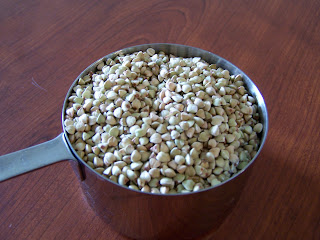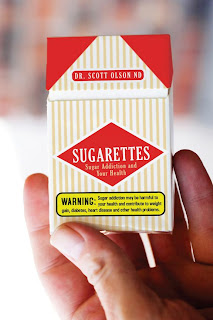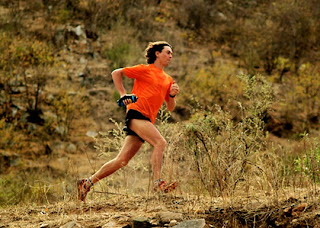One of the best ways to eat better and more sustainably is to eat more whole foods. Not only do they contain better nutrients, but they also don’t involve as much packaging, preservatives, or processing.
For me, buying whole foods with the intention of eating them is easy. Actually eating them is more difficult. In the grocery store it seemed so easy to eat all of the delicious items I put into my cart, but when I find them molding the back of the fridge I’m much less enthused.
To make eating more whole foods easier, I now prepare many items as soon as I get home from the grocery store. I unload my groceries onto the counter and begin prepping. This way I no longer have the excuse that I don’t have time to make that rice or cut those vegetables.
Instead I plan ahead to spend 30 minutes to an hour after shopping to get all of my prepping and cooking in.
This week I made buckwheat to add to my salads. I also like to add it to soup for a burst of protein.

I cut vegetables to snack on with humus and prepped any vegetable I was planning on cooking throughout the week.
I roasted delicious golden beats to eat alone and in salads.
I get extremely excited any time I find multicolored carrots, and I bought them on impulse. They add some color and a punch of nutrition to my humus and veggie snack.
Once they are all prepped I put them in an airtight container that is easy to grab and snack out of.
Ways to eat more whole foods:
1. Go to the store with a shopping list that includes fruits and vegetables.
2. Find recipes for your go-to frozen or premade items and start making them on your own.
3. Switch your processed snacks for whole grains, fruits, and vegetables.
4. Prepare your fruits, vegetables, and anything else you can as soon as you get home.
5. Set aside a day to make items that you can freeze or refrigerate to eat later in the week.



















